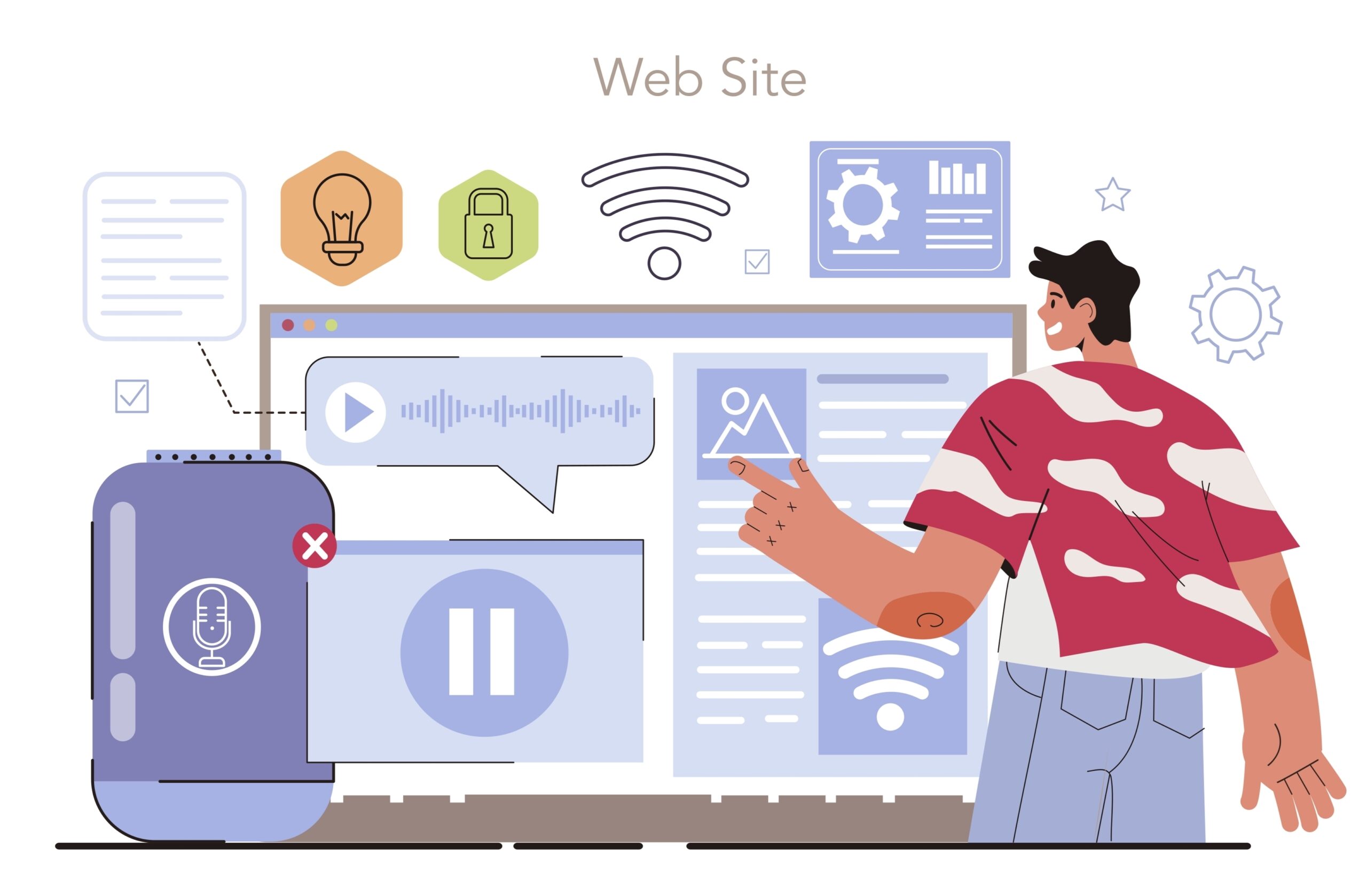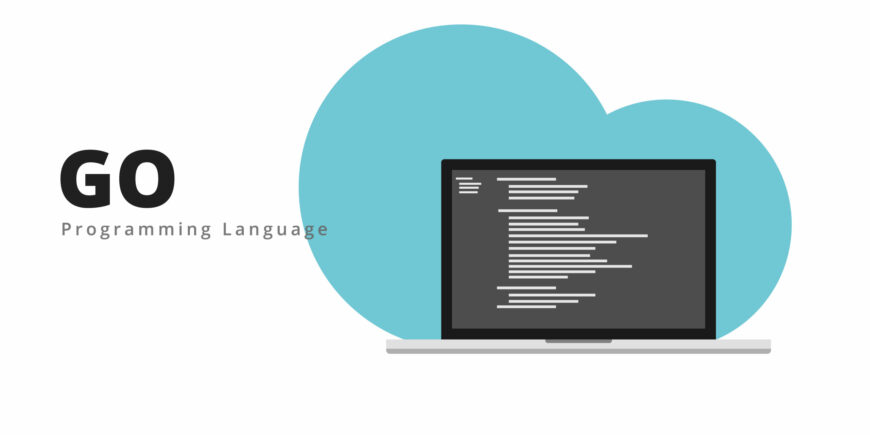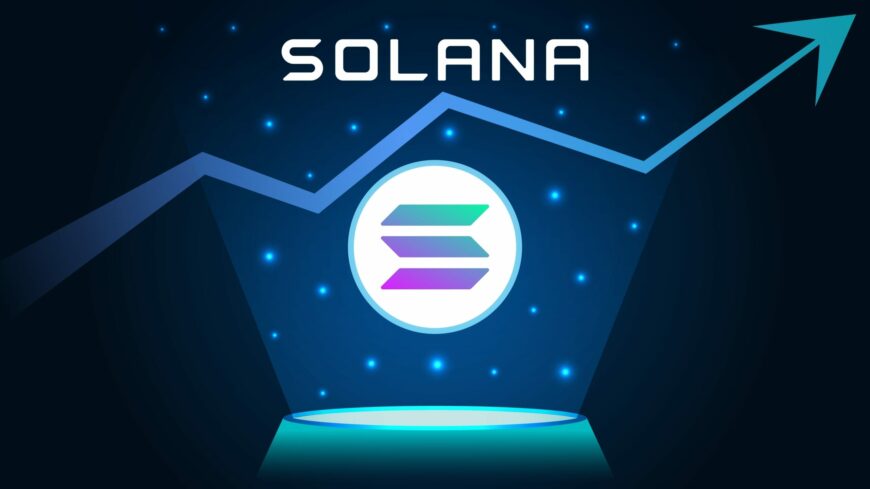Within living memory, the future was imagined with smart homes, where everything would be automated with trivialities like switches would give way to a wave of the hand or voice commands, giving the owner absolute control within their own property. Yet at present, the problems with connecting to the Internet are common cautionary tales so if smart homes and similar ideas are to become a reality, they would have to rely on IoT and IoT engineers.
IoT at present can be considered as the internet in miniature. There are sensors and similar input devices, input terminals for users, storage and processing devices and protocols for the functioning. So, IoT Engineers have to work with IoTs in terms of the sensors and other hardware components, the software and coding involved and a multitude of other factors ranging from cyber security to UI design to communication protocols. As such, this article will cover the prerequisites to be an IoT Engineer, the career paths available to IoT Engineers once they complete the prerequisites and some of the common applications, common terms, and other relevant details for IoTs and IoT Engineers.
Prerequisites to be an IoT Engineer
The prerequisites to be an IoT Engineer include covering a range of fields ranging from both the theoretical to practical to everything in between. The prerequisites can be roughly classified on the basis of their focus.
The software-focused prerequisites for IoT engineers are as follows:
JS, Java and/or Python programming language: A lot of modern high-level languages possess a lot of usability outside of their base code’s abilities thanks to the wide range of libraries, frameworks and packages that they offer for various applications, including IoT. As such, IoT engineers are expected to know at least one if not more of these programming languages including their corresponding frameworks, packages and libraries.
Node.js and/or other server side environments such as Netbeast, Neura, etc. They are useful for IoT engineers as they are helpful for building IoT applications. The role of such environments is in the server-side web development to manage various connective devices.
The hardware focused prerequisites for IoT engineers are as follows:
Sensors: This is the base for all IoT system’s input devices. They gather and exchange data in real-time with the other parts of the network. As such, any aspiring IoT engineer must have a thorough understanding of how sensors work along with their integration into a new or pre-existing system infrastructure. As such, this makes it one of the most important prerequisites for IoT engineers to cover.
GPS: Many current IoT applications require real time knowledge about locational data. As such, it is relevant for IoT engineers who want to work in IoT applications such as smart vehicles, wearable technologies and logistics companies.
Mobile hardware environment: A lot of devices for IoT systems are mobile in nature, taking the form of wearables or smartphones. Moreover, for many applications of IoT, the hardware in question isn’t stationary but mobile as seen in drone applications, logistics in transport, etc. As such, IoT engineers should consider possessing knowledge of working and maintaining such mobile devices.
The data-focused prerequisites for IoT engineers are as follows:
Machine learning and artificial intelligence: This is the very base skill for data collection and analytics. This is helpful for taking in massive amounts of data, processing them and giving relevant information details. As such, for IoT engineers, this is a relevant field of study as it helps them with the large quantity of data the field requires.
Big data: As mentioned before, IoT systems generate a lot of data and as mentioned before, they have to be analysed quickly and efficiently. As such, while machine learning and artificial learning as mentioned above are relevant and overlap with Big Data, the aspects of Big Data itself such as various data managers are relevant prerequisites for IoT engineers.
Cloud computing: Outside of data collection and analytics prerequisites mentioned in the previous points, the main challenge with IoT data is in storage. As such, aspiring IoT engineers should possess competence in dealing with excess data through Cloud computing.
The Other Prerequisites for IoT Engineers are:
UI-centric approach to design: While dealing with IoT systems, an user should be able to control all the backend operations through the frontend. Such an UI should also be able to allow for interactions between multiple devices. This is easier said than done so asporing IoT engineers should learn about the infrastructure design from an UI focused point of view.
Cyber security: With the massive scalability and complexity associated with IoT systems, IoT is vulnerable to digital or cyber security threats. While air-gapping is a possible solution but at times it is impractical to implement. As such, IoT engineers should possess competence in cyber security.
The Working and Architecture of IoT that IoT Engineers Should know:
The IoT architecture can be divided into four distinct layers, each being responsible for a certain working feature of IoTs. Any IoT system regardless of size or complexity can be divided into these four layers. The four layers are:
Sensing layer for data gathering: This layer consists of the various sensors and similar devices for the IoT system.They are meant to accept the data from the physical environment and emit it through the network.
Network layer for data transmission: This consists of the network devices and components such as DAS (Data acquisition system). The latter is responsible for converting the analog signals from sensors to the digital ones for the IoT devices. If the network is meant to be connected to the internet, this would also include advanced gateways that would also provide other features that include other features such as malware protection and filtering.
Data processing layer for processing data: This consists of the various data processing units for data collected in the 1st layer. Data here is analysed and sent to the data centre from where data is accessed by software applications.
Application layer for smart applications: This is the user-focused layer of IoT. This consists of the devices that are used by end-user applications to various fields.
Common Terms for Budding IoT Engineers
While studying for a career as an IoT Engineer, there are some terms that are not only related to the prerequisites mentioned above but for the common tools that are associated with IoT and used by IoT engineers. Some of the common IoT terms that IoT engineers should cover are:
BLE (Bluetooth Low Energy): It is a self-explanatory less energy-requiring variant of Bluetooth. Unlike traditional Bluetooth, it isn’t meant to stream traditional content such as video and audio but smaller bits of data require much less energy while, unlike traditional Bluetooth, it can work without pairing. Due to its advantages, it is an obvious choice for IoT engineers.
PWM (Pulse Width Modulation): It is a means of converting a digital signal into an analogue one, most commonly used in brightness adjustment in lighting systems or in control for motor speeds.
- Shodan
- IoT Contiki
- WoT (Web of Things)
- MQTT (Message Queue Telemetry Transport Protocol)
- Bluegiga APX4 protocol
- Arduino
- Raspberry Pi
- GPIO
- IoT GE-PREDIX
- Thingful
Common Interview Questions for IoT Engineers:
At present, there is an excess of questions related to the various facets of IoT thanks to the various prerequisites that IoT Engineers have to cover. As such, while interviewing potential IoT Engineers, the questions tend to be varied and covering multiple fields rather than focusing on a particular technical aspect. Moreover, there should be an equivalent test for the practical aspect as IoT engineers have to spend nearly just as much time on sensors and similar devices as they do in codes and databases. However, some of the possible beginner level technical questions for IoT Engineers include:
- What are the common features of IoTs? What advantages and disadvantages do these features provide to IoT engineers?
- Describe some of the components of IoT systems and as an IoT engineer, what should the focus be on for each portion?
- What are the different communication models available for the standard IoT system?
- Give an idea about the general working of an IoT system.
- What are the different databases that are available to IoT Engineers?
Define Sharding and Replication.
Some of the advanced technical interview questions for IoT engineers include:
- Differentiate between IoT, IIoT, WSN and M2M.
- Describe the working of IoT gateway.
- Describe the role of device management in IoT.
- Differentiate between Arduino and Raspberry Pi.
- Define the following terms:
- BLE (Bluetooth Low Energy)
- PQM (Pulse Width Modulation)
- Shodan
- IoT Contiki
- WiT (Web of Things)
- MQTT (Message Queue Telemetry Transport Protocol)
- Bluegiga APX4 protocol
- Arduino
- Raspberry Pi
- GPIO (General Purpose Input/Output)
- IoT GE-PREDIX
- Thingful
The personal questions meant for IoT Engineers include:
- What previous experience do you have as an IoT Engineer?
- What are your favoured tools as an IoT Engineer?
- Name some projects that you have worked on as an IoT Engineer.
Applications for IoT and IoT Engineers
Due to the various advantages that IoT presents, it has seen massive popularity in recent years, with any field that has some use for wireless devices has found some use for IoT and requires the help of IoT engineers. These include
Smart Homes and Smart Cities: Smart homes are the most practical usage of IoT and presented above as an example of the advantages and practicality of using IoT systems. Regardless of the level of integration, whether it is an automated heating and ventilation or a simple set top box system, they are all a variant of IoT. Expanding in scale, it can go from a simple smart home to a smart city.
Medical Systems: In medical health, connected systems can allow for remote, real-time monitoring of patient health. Outside of that, it also improves efficiency by allowing for better coordination.
Driverless or autonomous cars: While autonomous vehicles are associated with mostly AI, however that is a focus on the personal level whereas if it is meant to spread and gain mass popularity, the autonomous vehicles should be able to coordinate with each other and prevent deadlocks and similar issues. As such, IoT is helpful for enabling coordination, increasing efficiency and preventing accidents.
Hospitality: The hospitality industry has been a recent, surprising but promising field of application for IoT. Tracking guest billing for various spendings, placing orders, billing, booking and other tasks are simplified thanks to IoT.
Farming: In this sector, IoT takes the form of the various sensors which measure the environmental conditions. This includes weather aspects such as humidity, rainfall, etc. and uses the data to optimise the productivity of the fields.
Industry: Industries in general tend towards automation when technology makes it feasible and practical. IoT is one of the technologies which helps in that as it ensures proper coordination between various parts of an industry,preventing issues such as bottlenecks in the assembly line.
Conclusion
IoT Engineers are a high-end career choice for professionals in technical fields due to the myriad prerequisites involved. However, while this may seem daunting, due to the investments in time and effort required, the advantage of this is that anyone who completed the requirements possesses multiple qualifications, allowing for job oppurtunities in multiple fields.
Within living memory, the future was imagined with smart homes, where everything would be automated with trivialities like switches would give way to a wave of the hand or voice commands, giving the owner absolute control within their own property. Yet at present, the problems with connecting to the Internet are common cautionary tales so if smart homes and similar ideas are to become a reality, they would have to rely on IoT and IoT engineers.
IoT at present can be considered as the internet in miniature. There are sensors and similar input devices, input terminals for users, storage and processing devices and protocols for the functioning. So, IoT Engineers have to work with IoTs in terms of the sensors and other hardware components, the software and coding involved and a multitude of other factors ranging from cyber security to UI design to communication protocols. As such, this article will cover the prerequisites to be an IoT Engineer, the career paths available to IoT Engineers once they complete the prerequisites and some of the common applications, common terms, and other relevant details for IoTs and IoT Engineers.
Prerequisites to be an IoT Engineer
The prerequisites to be an IoT Engineer include covering a range of fields ranging from both the theoretical to practical to everything in between. The prerequisites can be roughly classified on the basis of their focus.
The software-focused prerequisites for IoT engineers are as follows:
JS, Java and/or Python programming language: A lot of modern high-level languages possess a lot of usability outside of their base code’s abilities thanks to the wide range of libraries, frameworks and packages that they offer for various applications, including IoT. As such, IoT engineers are expected to know at least one if not more of these programming languages including their corresponding frameworks, packages and libraries.
Node.js and/or other server side environments such as Netbeast, Neura, etc. They are useful for IoT engineers as they are helpful for building IoT applications. The role of such environments is in the server-side web development to manage various connective devices.
Hire IoT developers in 48 hours. No, it is not a drill!
The hardware focused prerequisites for IoT engineers are as follows:
Sensors: This is the base for all IoT system’s input devices. They gather and exchange data in real-time with the other parts of the network. As such, any aspiring IoT engineer must have a thorough understanding of how sensors work along with their integration into a new or pre-existing system infrastructure. As such, this makes it one of the most important prerequisites for IoT engineers to cover.
GPS: Many current IoT applications require real time knowledge about locational data. As such, it is relevant for IoT engineers who want to work in IoT applications such as smart vehicles, wearable technologies and logistics companies.
Mobile hardware environment: A lot of devices for IoT systems are mobile in nature, taking the form of wearables or smartphones. Moreover, for many applications of IoT, the hardware in question isn’t stationary but mobile as seen in drone applications, logistics in transport, etc. As such, IoT engineers should consider possessing knowledge of working and maintaining such mobile devices.
The data-focused prerequisites for IoT engineers are as follows:
Machine learning and artificial intelligence: This is the very base skill for data collection and analytics. This is helpful for taking in massive amounts of data, processing them and giving relevant information details. As such, for IoT engineers, this is a relevant field of study as it helps them with the large quantity of data the field requires.
Big data: As mentioned before, IoT systems generate a lot of data and as mentioned before, they have to be analysed quickly and efficiently. As such, while machine learning and artificial learning as mentioned above are relevant and overlap with Big Data, the aspects of Big Data itself such as various data managers are relevant prerequisites for IoT engineers.
Cloud computing: Outside of data collection and analytics prerequisites mentioned in the previous points, the main challenge with IoT data is in storage. As such, aspiring IoT engineers should possess competence in dealing with excess data through Cloud computing.
The Other Prerequisites for IoT Engineers are:
UI-centric approach to design: While dealing with IoT systems, an user should be able to control all the backend operations through the frontend. Such an UI should also be able to allow for interactions between multiple devices. This is easier said than done so asporing IoT engineers should learn about the infrastructure design from an UI focused point of view.
Cyber security: With the massive scalability and complexity associated with IoT systems, IoT is vulnerable to digital or cyber security threats. While air-gapping is a possible solution but at times it is impractical to implement. As such, IoT engineers should possess competence in cyber security.
The Working and Architecture of IoT that IoT Engineers Should know:
The IoT architecture can be divided into four distinct layers, each being responsible for a certain working feature of IoTs. Any IoT system regardless of size or complexity can be divided into these four layers. The four layers are:
Sensing layer for data gathering: This layer consists of the various sensors and similar devices for the IoT system.They are meant to accept the data from the physical environment and emit it through the network.
Network layer for data transmission: This consists of the network devices and components such as DAS (Data acquisition system). The latter is responsible for converting the analog signals from sensors to the digital ones for the IoT devices. If the network is meant to be connected to the internet, this would also include advanced gateways that would also provide other features that include other features such as malware protection and filtering.
Data processing layer for processing data: This consists of the various data processing units for data collected in the 1st layer. Data here is analysed and sent to the data centre from where data is accessed by software applications.
Application layer for smart applications: This is the user-focused layer of IoT. This consists of the devices that are used by end-user applications to various fields.
Common Terms for Budding IoT Engineers
While studying for a career as an IoT Engineer, there are some terms that are not only related to the prerequisites mentioned above but for the common tools that are associated with IoT and used by IoT engineers. Some of the common IoT terms that IoT engineers should cover are:
BLE (Bluetooth Low Energy): It is a self-explanatory less energy-requiring variant of Bluetooth. Unlike traditional Bluetooth, it isn’t meant to stream traditional content such as video and audio but smaller bits of data require much less energy while, unlike traditional Bluetooth, it can work without pairing. Due to its advantages, it is an obvious choice for IoT engineers.
PWM (Pulse Width Modulation): It is a means of converting a digital signal into an analogue one, most commonly used in brightness adjustment in lighting systems or in control for motor speeds.
- Shodan
- IoT Contiki
- WoT (Web of Things)
- MQTT (Message Queue Telemetry Transport Protocol)
- Bluegiga APX4 protocol
- Arduino
- Raspberry Pi
- GPIO
- IoT GE-PREDIX
- Thingful
Common Interview Questions for IoT Engineers:
At present, there is an excess of questions related to the various facets of IoT thanks to the various prerequisites that IoT Engineers have to cover. As such, while interviewing potential IoT Engineers, the questions tend to be varied and covering multiple fields rather than focusing on a particular technical aspect. Moreover, there should be an equivalent test for the practical aspect as IoT engineers have to spend nearly just as much time on sensors and similar devices as they do in codes and databases. However, some of the possible beginner level technical questions for IoT Engineers include:
- What are the common features of IoTs? What advantages and disadvantages do these features provide to IoT engineers?
- Describe some of the components of IoT systems and as an IoT engineer, what should the focus be on for each portion?
- What are the different communication models available for the standard IoT system?
- Give an idea about the general working of an IoT system.
- What are the different databases that are available to IoT Engineers?
Define Sharding and Replication.
Some of the advanced technical interview questions for IoT engineers include:
- Differentiate between IoT, IIoT, WSN and M2M.
- Describe the working of IoT gateway.
- Describe the role of device management in IoT.
- Differentiate between Arduino and Raspberry Pi.
- Define the following terms:
- BLE (Bluetooth Low Energy)
- PQM (Pulse Width Modulation)
- Shodan
- IoT Contiki
- WiT (Web of Things)
- MQTT (Message Queue Telemetry Transport Protocol)
- Bluegiga APX4 protocol
- Arduino
- Raspberry Pi
- GPIO (General Purpose Input/Output)
- IoT GE-PREDIX
- Thingful
The personal questions meant for IoT Engineers include:
- What previous experience do you have as an IoT Engineer?
- What are your favoured tools as an IoT Engineer?
- Name some projects that you have worked on as an IoT Engineer.
Don't Stop Your IoT vision from reaching Reality.
Applications for IoT and IoT Engineers
Due to the various advantages that IoT presents, it has seen massive popularity in recent years, with any field that has some use for wireless devices has found some use for IoT and requires the help of IoT engineers. These include
Smart Homes and Smart Cities: Smart homes are the most practical usage of IoT and presented above as an example of the advantages and practicality of using IoT systems. Regardless of the level of integration, whether it is an automated heating and ventilation or a simple set top box system, they are all a variant of IoT. Expanding in scale, it can go from a simple smart home to a smart city.
Medical Systems: In medical health, connected systems can allow for remote, real-time monitoring of patient health. Outside of that, it also improves efficiency by allowing for better coordination.
Driverless or autonomous cars: While autonomous vehicles are associated with mostly AI, however that is a focus on the personal level whereas if it is meant to spread and gain mass popularity, the autonomous vehicles should be able to coordinate with each other and prevent deadlocks and similar issues. As such, IoT is helpful for enabling coordination, increasing efficiency and preventing accidents.
Hospitality: The hospitality industry has been a recent, surprising but promising field of application for IoT. Tracking guest billing for various spendings, placing orders, billing, booking and other tasks are simplified thanks to IoT.
Farming: In this sector, IoT takes the form of the various sensors which measure the environmental conditions. This includes weather aspects such as humidity, rainfall, etc. and uses the data to optimise the productivity of the fields.
Industry: Industries in general tend towards automation when technology makes it feasible and practical. IoT is one of the technologies which helps in that as it ensures proper coordination between various parts of an industry,preventing issues such as bottlenecks in the assembly line.
Conclusion
IoT Engineers are a high-end career choice for professionals in technical fields due to the myriad prerequisites involved. However, while this may seem daunting, due to the investments in time and effort required, the advantage of this is that anyone who completed the requirements possesses multiple qualifications, allowing for job oppurtunities in multiple fields.







